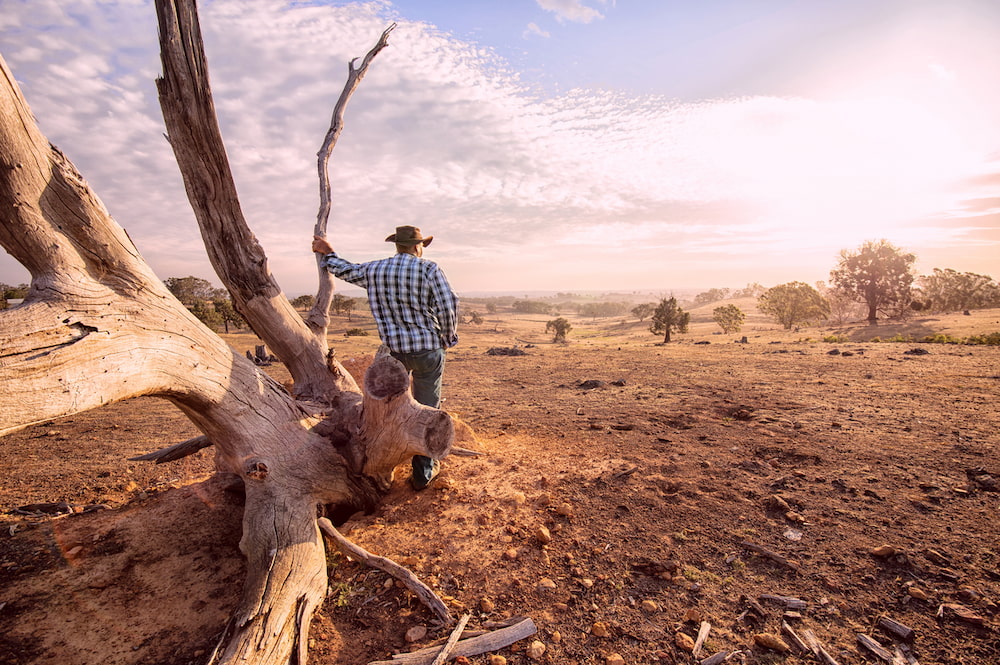For much of the last two decades, from 2001 to 2009 and again from 2017 to 2020, the ACT was in drought.
“Droughts have social, economic, and environmental impacts on the ACT’s rural community, and these impacts are predicted to worsen as climate change intensifies,” the ACT Government states.
To prepare for the impacts of drought on food production and the environment, the government today published a draft of the Canberra Region’s first ever drought resilience plan.
It aims to prepare the ACT rural community for future climate impacts; build environmental, economic, and social resilience to droughts; identify innovative and transformative drought projects to guide future investments; and improve natural resource management.
“We are in a deepening climate crisis,” Rebecca Vassarotti, ACT Minister for the Environment, Parks and Land Management, said. “Canberrans have seen the frequency and intensity of drought increase in recent decades.”
During the 2017–20 drought, the ACT experienced a 44 per cent decrease in average rainfall, a 91 per cent decrease in soil moisture, and an 80 per cent increase in extreme heat days, the report states.
Drought can reduce water availability, the carrying capacity of land, on-farm biodiversity, and the wellbeing of the farming community, and increase weeds and pests.
“As we continue to experience more erratic weather patterns, a response is essential,” Ms Vassarotti said.
“Our new drought resilience plan been developed using the latest climate projections to prepare the territory for future drought seasons.
“It will help us to build defences and manage future drought risks across the region’s agriculture sector.
“Many would remember the devastating impact of the ‘millennium drought’ on the ACT’s environment during the 2000s.
“Ongoing climate challenges will persist for farmers in the ACT, and, as a result, a range of actions have been identified in the draft plan to enhance resilience to these challenges.”
Those actions include improvements in technology; changing the sizes of farms, and degree of specialisation versus diversification; income support payments for farmers; rural financial counselling and mental health services; and ensuring access to cheap water.
Consultation on the draft plan closes on 14 March, through the YourSay Conversations page. The government will publish a listening report on 11 April, and a final report later this year.
“We need drought planning to be collaborative and evidence-based to mitigate the impact of drought conditions, and community consultation is a critical component of this process,” Ms Vassarotti said.
“The Government has already been in consultation with members of the farming and agriculture community, but we also want the average Canberran to get involved.
“Canberrans can contribute to the plan by completing an online survey or attending a community information session to learn more about the plan.
“Feedback from the community will help shape the final plan, so I encourage everyone to share their experience to help prepare our environment for drought.”
The ACT Regional Drought Resilience Planning Program is jointly funded by the Australian Government’s Future Drought Fund and the ACT Government.



